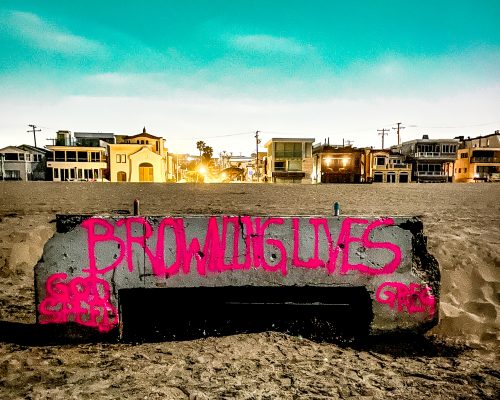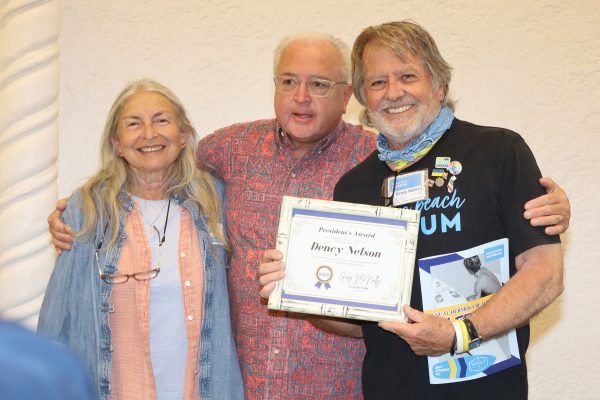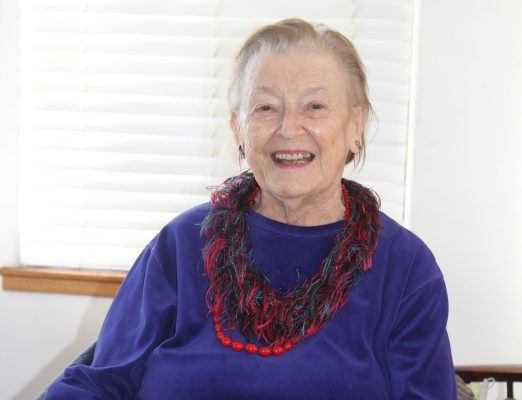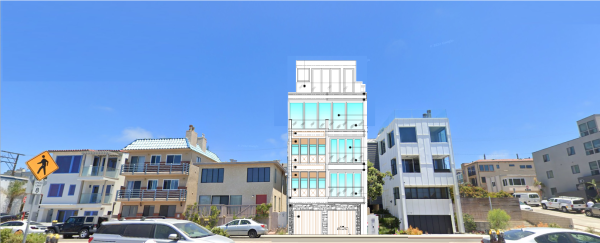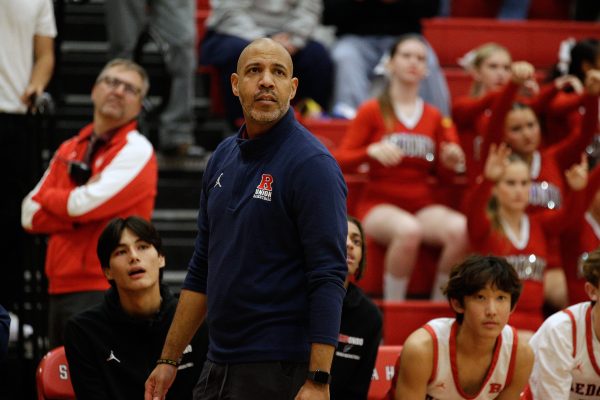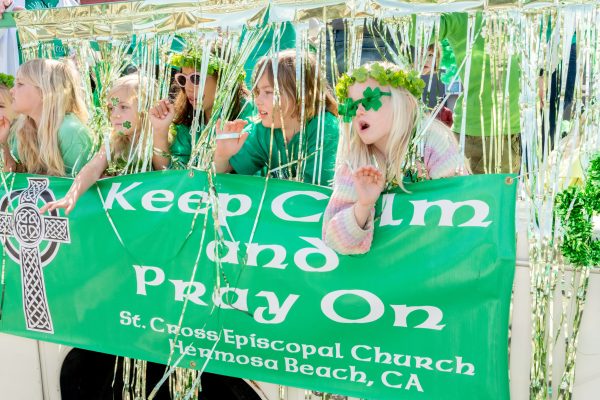
Putting the Hermosa Beach community garden in South Park’s defunct roller hockey rink was a temporary measure that was supposed to last just six months. But almost two years have passed and there is still no word on when the garden will move to its permanent site.
In 2011, the city of Hermosa Beach was awarded a $150,000 grant by the office of Los Angeles County Supervisor Don Knabe to renovate the park, which would involve tearing down the hockey rink and bleachers, and replacing them with children’s play equipment and a permanent site for the community garden.
The renovations, however, have not yet begun said Kari Walker, garden manager.
In the meantime the community garden, an organic, non-profit garden that operates under the umbrella of the Los Angeles Community Garden Council, has continued to grow, Walker said.
When the garden was started in October 2011, there were only a handful of gardening beds available. That number has now increased to 14 beds and a few small planter barrels. Once the new site is built on a 5,000 square-feet plot on the north end of South Park, Walker said, they hope to house 30-35 beds.
Walker said that because contributing to charity is one of the garden’s core missions, three-and-a-half of the beds at the garden have been leased to a group from St. Cross Episcopal Church, who is in charge of maintaining and cultivating produce.
“We wanted to give back, so we said we would donate 20 percent of our produce, but it’s really hard to go around and collect from each gardener,” Walker said. “So the solution to that was to set aside 20 percent of the number of beds we have, and somehow we would make those beds separate and special so that we could make sure that all the food from that went to be donated.”
Last winter, the St. Cross group gave away almost 300 pounds of produce to the AIDS food preparation group at St. Cross Episcopal Church, the neighbor2neighbor program, the First United Methodist Church and the House of Yahweh.
“We’re a very small portion of what [these groups] need for the work that they do every week,” said Margaret Harrell, a member of the 20-person church gardening group. “We’re gangbusters for a while and then we’re down to dirt again and we start over with another planning cycle, but a lot of people come and work really hard. It’s wonderful.”
Among the vegetables grown and given away during the last harvest by the church group were lettuce, spinach, broccoli, radishes, baby carrots and beets, Harrell said.
“Ironically, there were more beets than anything else [in the last harvest],” Harrell said. “They were huge and they were gorgeous, but not everybody loves beets, so we probably won’t even grow them again.”
The garden also features a variety of fruit trees, such as plum, black fig, loquat and a dwarf Washington orange tree, and vegetable plants such as artichoke, kale, squash, zucchini and scarlet runner beans.
Walker said in spite of the community’s generosity and support, money is tight for the garden, which was started using a $5,000 grant from the Beach Cities Health District.
“There are a lot of obstacles because we don’t have any money left,” Walker said. “The $5,000 was all spent on the infrastructure. It’s just amazing, I mean buying a good hose and hose sprayer is not cheap. We also want to build more beds but that isn’t cheap either.”
The cost of building one bed and filling it with dirt is a little over $100,” Walker said. In addition, Walker said, when the garden is moved to its permanent spot they are going to have to pay for the fencing and irrigation.
“When we get our new garden, we are going to be piping water so that every other bed will have a faucet [serving] two beds,” Walker said. “[Currently]… the only source of water we have is at the base of a water fountain that doesn’t work. We have to put the hose through the fence, hook it up, come in here, drag it all over to water our garden and then unhook it again.”
In the future, Walker said she hopes to get companies to sponsor items such as additional beds in the garden.
“We don’t sell any of our produce so we have to have a way of generating funds to make the beds and have the fence and the water system,” she said. “Those are bare necessity and if we don’t have them, we won’t have a garden.”
Walker said she is eager to move the garden to the new, larger site.
“When you have a community garden it brings out the whole community; it fosters a community feeling, a place for people to meet each other,” she said. “With a small garden like this almost nobody is ever here at the same time. We need a bigger garden so more people are here.”
Currently, the city is accepting requests for proposals from different companies but there is not a definite date on when renovations in South Park will begin, said Mondher Saied, contract capital improvement project engineer for the city of Hermosa Beach.
In the meantime, for $96 a year and a $100 key deposit, Hermosa Beach residents can lease a bed in the garden for a two-year period, after which they must give up the space to new gardeners who express interest in joining the garden.
More information about the Hermosa Beach community garden can be found on www.hermosabeachcommunitygarden.com. ER


